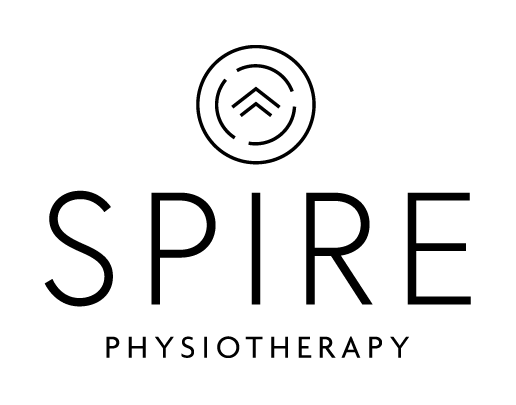POSTPARTUM LIFTING & EXERCISE
Female athletes have traditionally been under-represented and poorly supported in many aspects of sport. As an Olympic weightlifter and mother, I can understand the challenges that female athletes face when trying to return to sport after having a baby. It can seem impossible to return to sport when you are faced with poor sleep, the mental and physical load of motherhood, an unrecognizable body that you no longer trust when it comes to movement, and a lack of direction from healthcare providers.
Times are beginning to change though and, in 2019, the first set of guidelines were published for healthcare practitioners to help postpartum mothers navigate running in the postpartum season. Running is a high demand activity and transmits an incredible amount of force on the recovering pelvic floor muscles. The guidelines recommend a gradual return to activity with consideration for the recovery of the pelvic floor and other general health factors.
Before 3 months postpartum, it is recommended that women are assessed by a physiotherapist trained in pelvic health to address any issues such as urinary incontinence, abdominal separation (DRA), pelvic organ prolapse, and lower back/hip pain. Low impact activities such as walking, and bodyweight strength exercises are all appropriate at this time and can be started as soon as mothers feel ready. Exercise is not the priority in this phase and it needs to be emphasized that meeting your baby’s needs, eating regular meals, drinking water, and getting adequate sleep are more important than exercise as your body heals.
From 3-6 months postpartum, activity levels can begin to increase and cardiovascular fitness and lower body strength can commence. This includes interval training (bike, rower, elliptical) and heavier weightlifting such as barbell squats and deadlifts. In this phase, you will begin to feel like you are doing meaningful workouts and hopefully begin to feel more comfortable moving in your postpartum body. In the clinic, we will also monitor any pelvic symptoms and conduct specific tests to evaluate your readiness for running such as breathing mechanics, pelvic floor muscle testing, lower body strength testing, and impact testing such as jumping and hopping.
By 6 months postpartum, you will be ready to start a progressive, gradual running program. This would look similar to a “couch to 5km” program and would encourage small volume increases of 10% per week. Please remember that these are just guidelines and are not appropriate for everyone. Individual factors including hormonal changes, mental health, sleep, and birth experiences cannot be overlooked.
Give yourself some grace and recognize that you are doing the best you can in your current season. Know that our physiotherapy team is here to support you in any way that we can because we prioritize your goals and your need to feel strong and capable in your new role.
Book Postpartum Physiotherapy Appointment
References
Goom, Donnelly, and Brockwell. 2019. Return to Running Postnatal- guidelines for medical, health, and fitness professionals managing this population.




